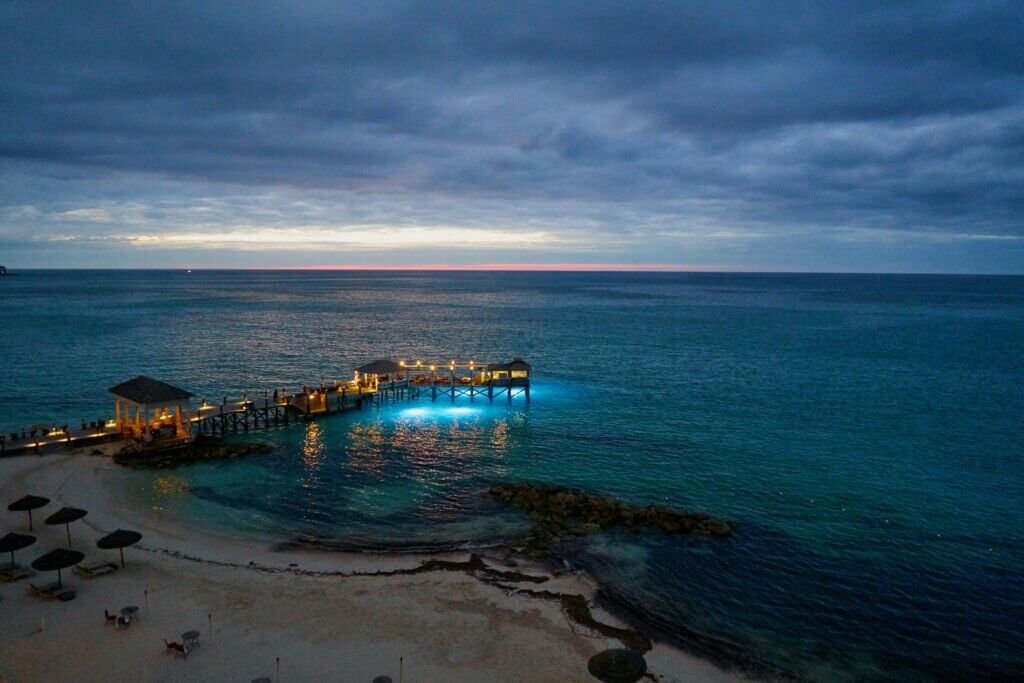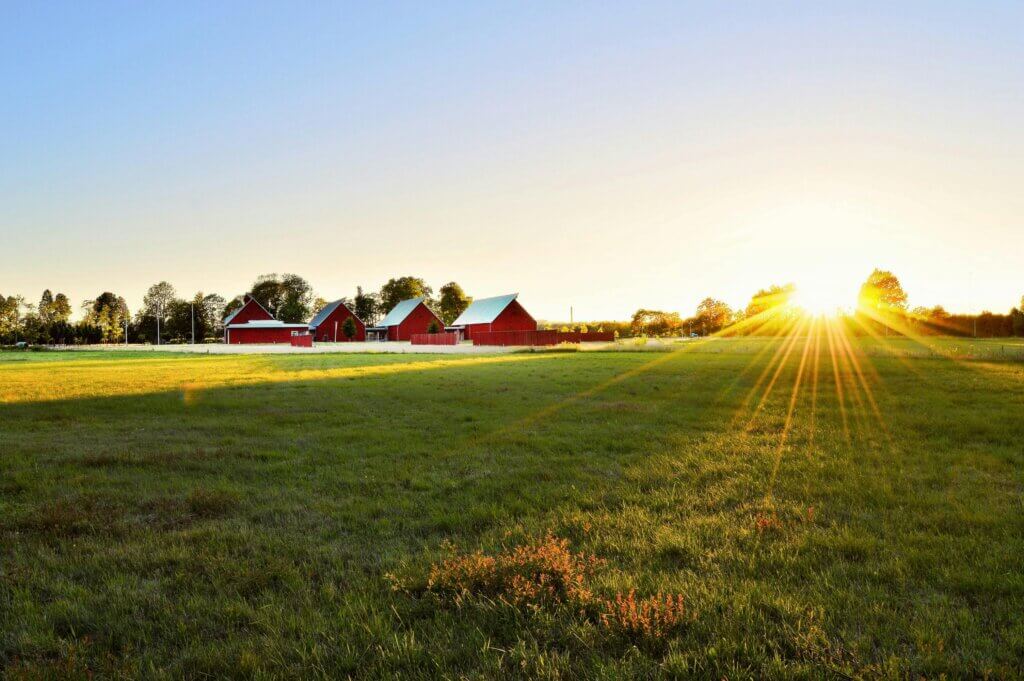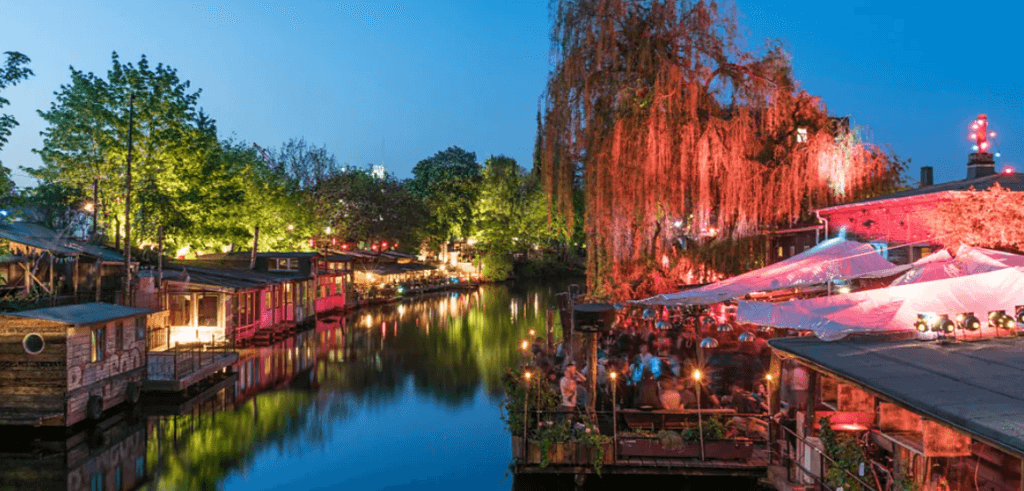The Caribbean’s Leading Beach Destination
The Caribbean’s Leading Beach Destination: Where to Find Paradise The Caribbean is synonymous with sun, sand, and sea, offering some of the most breathtaking beaches in the world. While every island has its unique charm, only a select few earn the title of the Caribbean’s leading beach destination. What makes a beach stand out? Pristine white sand, crystal-clear waters, and an atmosphere that captures the true essence of tropical paradise. Defining the Best Beach Destination A world-class beach isn’t just about aesthetics. The best destinations combine accessibility, natural beauty, amenities, and a unique cultural experience. A leading Caribbean beach should have: Powder-soft sand that doesn’t burn underfoot Warm, turquoise waters ideal for swimming and snorkeling Vibrant marine life for those interested in diving or underwater exploration A balance of tranquility and liveliness, offering both relaxation and entertainment Sustainability practices that protect the delicate ecosystem Top Contender: Grace Bay, Turks and Caicos Year after year, Grace Bay Beach in the Turks and Caicos Islands tops the list of the best beaches in the Caribbean. Located on the northeast coast of Providenciales, it stretches for 12 miles, with impossibly clear waters and soft white sand. Unlike some of the more commercialized beaches in the region, Grace Bay maintains a sense of exclusivity without sacrificing modern comforts. What Makes Grace Bay Special? No rocks, seaweed, or pollution—just uninterrupted beauty Part of the Princess Alexandra National Park, ensuring marine protection High-end resorts and beachfront villas offering luxury accommodations Calm waters, thanks to an offshore barrier reef If you’re seeking a beach that combines untouched nature with refined elegance, Grace Bay is an unbeatable choice. Runner-Up: Eagle Beach, Aruba Eagle Beach is one of the most recognizable beaches in the Caribbean, famous for its powdery white sand and striking divi-divi trees that lean towards the sea. It’s a hotspot for honeymooners and families alike, offering an inviting atmosphere and some of the best sunset views in the Caribbean. Why Eagle Beach Stands Out Regularly ranked among the world’s top beaches A nesting ground for sea turtles, providing a rare wildlife experience Free public access, unlike many private resort beaches Less crowded than Palm Beach, making it perfect for those who want space Honorable Mentions: Other Beaches That Shine While Grace Bay and Eagle Beach lead the pack, several other Caribbean beaches deserve recognition: Seven Mile Beach, Grand Cayman Famous for its golden sand and clear waters, this beach stretches across Grand Cayman’s western shore. It’s perfect for those who love long walks, beach bars, and water sports. Pink Sands Beach, Bahamas Unlike traditional white-sand beaches, Pink Sands Beach on Harbour Island offers a stunning blush-colored shoreline. The sand gets its hue from crushed coral and shells, making it one of the most unique coastal spots in the region. Flamenco Beach, Puerto Rico Nestled on the island of Culebra, Flamenco Beach is a postcard-perfect location with turquoise waters and an unspoiled natural landscape. It’s an ideal spot for those looking to escape the crowds. What Sets a Beach Apart? With so many breathtaking beaches in the Caribbean, what makes one stand above the rest? The answer lies in a combination of factors: Accessibility: How easy is it to get there? Beaches near major airports and resorts have an advantage. Amenities: The best beaches offer a mix of seclusion and convenience, providing facilities like restrooms, beach chairs, and dining options. Water Conditions: Calm, clear waters are ideal for swimming and snorkeling. A nearby reef system adds to the appeal for divers. Environmental Care: Sustainable tourism ensures the beauty of the beach remains for future generations. Conclusion: The Ultimate Caribbean Beach Escape While opinions may differ, Grace Bay continues to dominate as the Caribbean’s leading beach destination, with Eagle Beach close behind. Whether you’re looking for luxury, adventure, or tranquility, the Caribbean’s shores offer something for everyone. The key to finding your perfect beach lies in knowing what kind of experience you seek—secluded paradise, vibrant social scenes, or a mix of both. No matter your choice, the Caribbean guarantees an unforgettable beach getaway.



